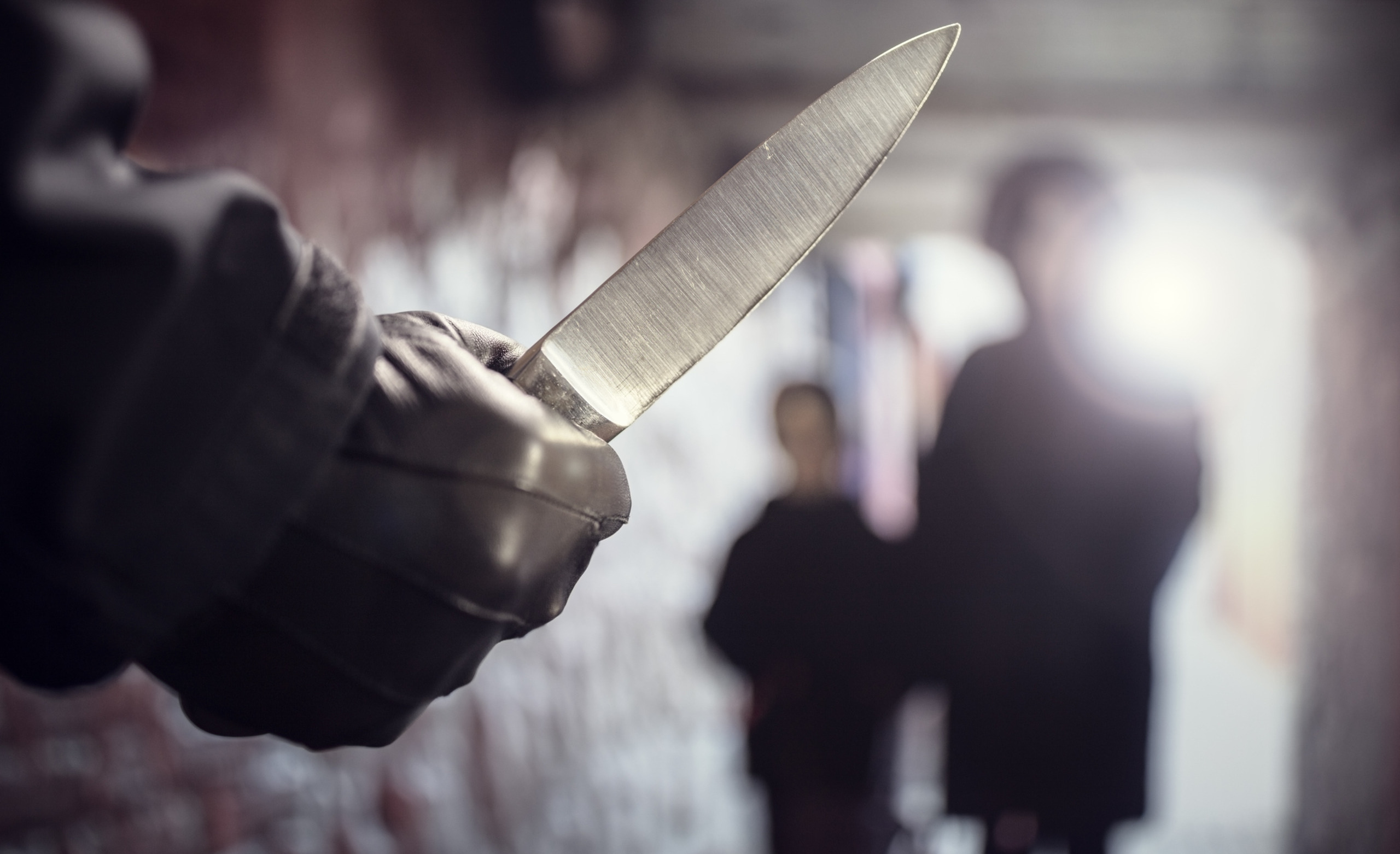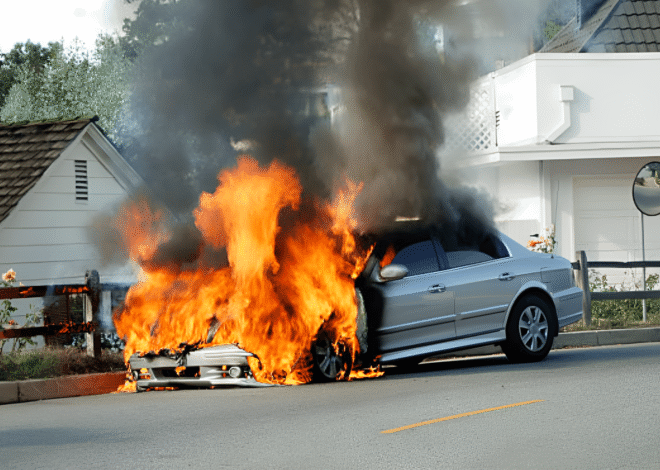
How To Survive A Knife Attack
In today’s blog post, we’ll delve into the crucial topic of how to survive a knife attack. From mental and physical preparation to self-defense techniques, we’ve got you covered on all fronts.
Picture this: you’re walking down the street, minding your own business, when suddenly you find yourself face to face with a knife-wielding attacker.
It’s a terrifying thought, but the reality is that knife attacks can happen when we least expect them. Stay tuned to learn how to stay safe and prepared in any situation!
Understanding the Threat of Knife Attacks
Knife attacks pose a serious threat due to the ease of concealing and wielding a knife. Unlike other weapons, knives require minimal skill or strength to cause significant harm. The close proximity needed for a knife attack makes it even more dangerous, leaving little room for escape or defense.
The psychological impact of facing a knife-wielding assailant can be paralyzing, heightening fear and panic in the moment. It’s crucial to understand that surviving a knife attack requires both mental preparedness and physical skills. Recognizing the severity of such situations can help individuals better anticipate potential threats and respond effectively when faced with danger.
Stay vigilant and aware of your surroundings to minimize the risk of encountering a knife attack. Understanding the dynamics of these violent encounters is essential for staying safe in an unpredictable world where threats may lurk around any corner.
Mental and Physical Preparation for a Knife Attack
When it comes to mental and physical preparation for a knife attack, being aware of your surroundings is key. Stay vigilant, trust your instincts, and avoid risky situations whenever possible.
In terms of mental readiness, practicing situational awareness can make all the difference. Always be mindful of potential threats and plan escape routes in crowded or unfamiliar areas.
Physically preparing for a knife attack involves learning self-defense techniques that can help you defend yourself effectively. Training in martial arts or taking self-defense classes can improve your reflexes and confidence in high-stress situations.
Remember, staying calm under pressure is vital during a knife attack. Panicking can cloud your judgment and hinder your ability to react swiftly. By combining mental alertness with physical preparedness, you increase your chances of surviving a dangerous encounter.
Identifying Potential Danger Zones
When it comes to surviving a knife attack, being aware of potential danger zones is crucial. These are areas where attacks are more likely to occur, so recognizing them can help you stay vigilant and prepared.
Crowded city streets, especially at night or in poorly lit areas, can be prime spots for opportunistic attackers. Be mindful of your surroundings and avoid isolated alleyways or secluded parking lots where someone could easily ambush you.
Public transportation hubs like bus stations or subway platforms can also be risky places due to the large crowds and chaotic environments. Stay alert and try not to display valuable items that might attract unwanted attention.
Areas with high crime rates or known for gang activity should raise red flags. Research the neighborhoods you frequent and take extra precautions when navigating through these areas.
Identifying potential danger zones is a proactive step towards staying safe in any situation. By being aware of your surroundings and knowing where threats may lurk, you can better protect yourself from harm during a knife attack.
Techniques for Defending Against a Knife Attack
When faced with a knife attack, your first instinct might be to panic. However, staying calm and focused is crucial for your survival. One effective technique is to create distance between you and the attacker by moving backwards or sideways. This can buy you valuable time to assess the situation and plan your next move.
Another important defense technique is using improvised weapons around you, such as a chair or bag, to block or deflect the knife strikes. Remember that every second counts in such a life-threatening scenario. Utilize quick movements and unpredictable actions to disorient the attacker and gain control of the situation.
Additionally, targeting vulnerable areas on the attacker’s body like eyes, throat, groin can help incapacitate them momentarily. Practice self-defense techniques regularly so that they become instinctual in moments of crisis. Always prioritize your safety above all else when facing a knife attack situation.
The Importance of Self Defense Training
When it comes to surviving a knife attack, self-defense training plays a crucial role in preparing individuals both mentally and physically for such dangerous situations.
Engaging in self-defense classes can help you develop the necessary skills and techniques to defend yourself effectively against an armed assailant. These classes provide practical knowledge on how to react quickly and decisively in high-pressure scenarios.
Moreover, self-defense training instills confidence and empowers individuals to stay calm under stress, which is essential during a violent encounter. By practicing realistic defense tactics, you can improve your ability to assess threats and respond appropriately.
In addition, ongoing training ensures that your reflexes are sharp and your movements are precise when faced with a sudden attack. Regular practice hones your muscle memory so that defensive actions become instinctual rather than panicked reactions.
Investing time and effort into self-defense training equips you with the tools needed to increase your chances of survival in potentially life-threatening situations involving knives or other weapons.
What to Do After Surviving a Knife Attack
After surviving a knife attack, the first step is to ensure your immediate safety. Quickly assess your surroundings for any further threats and move to a secure location if possible. Once you are in a safe place, seek medical attention immediately, even if the injuries seem minor.
Contact law enforcement as soon as possible to report the incident. Provide them with all the details you can remember about the attacker and what transpired during the attack. It’s crucial to cooperate fully with authorities to help bring the perpetrator to justice.
Seek support from friends, family, or professional counselors to process the traumatic experience. Don’t hesitate to reach out for emotional or mental health assistance if needed. Remember that it’s normal to feel shaken up after such a frightening event.
Consider seeking self-defense training or counseling on how to cope with post-traumatic stress. Take proactive steps towards healing both physically and emotionally after such a harrowing ordeal.
Conclusion: How to Stay Safe and Prepared in Any Situation
In a world where threats can arise unexpectedly, being prepared for any situation is crucial. By understanding the threat of knife attacks, mentally and physically preparing yourself, identifying potential danger zones, learning defense techniques, and investing in self-defense training, you can significantly increase your chances of surviving a knife attack.
Remember that staying safe goes beyond just physical preparation; it also involves being aware of your surroundings and trusting your instincts. Stay vigilant, stay informed, and stay ready to protect yourself in any circumstance. Your safety is worth the effort – so be proactive in taking steps to defend yourself against potential dangers.
In conclusion: equip yourself with the knowledge and skills needed to survive a knife attack by staying alert, practicing self-defense techniques regularly, and always prioritizing your safety above all else. Stay safe out there!



